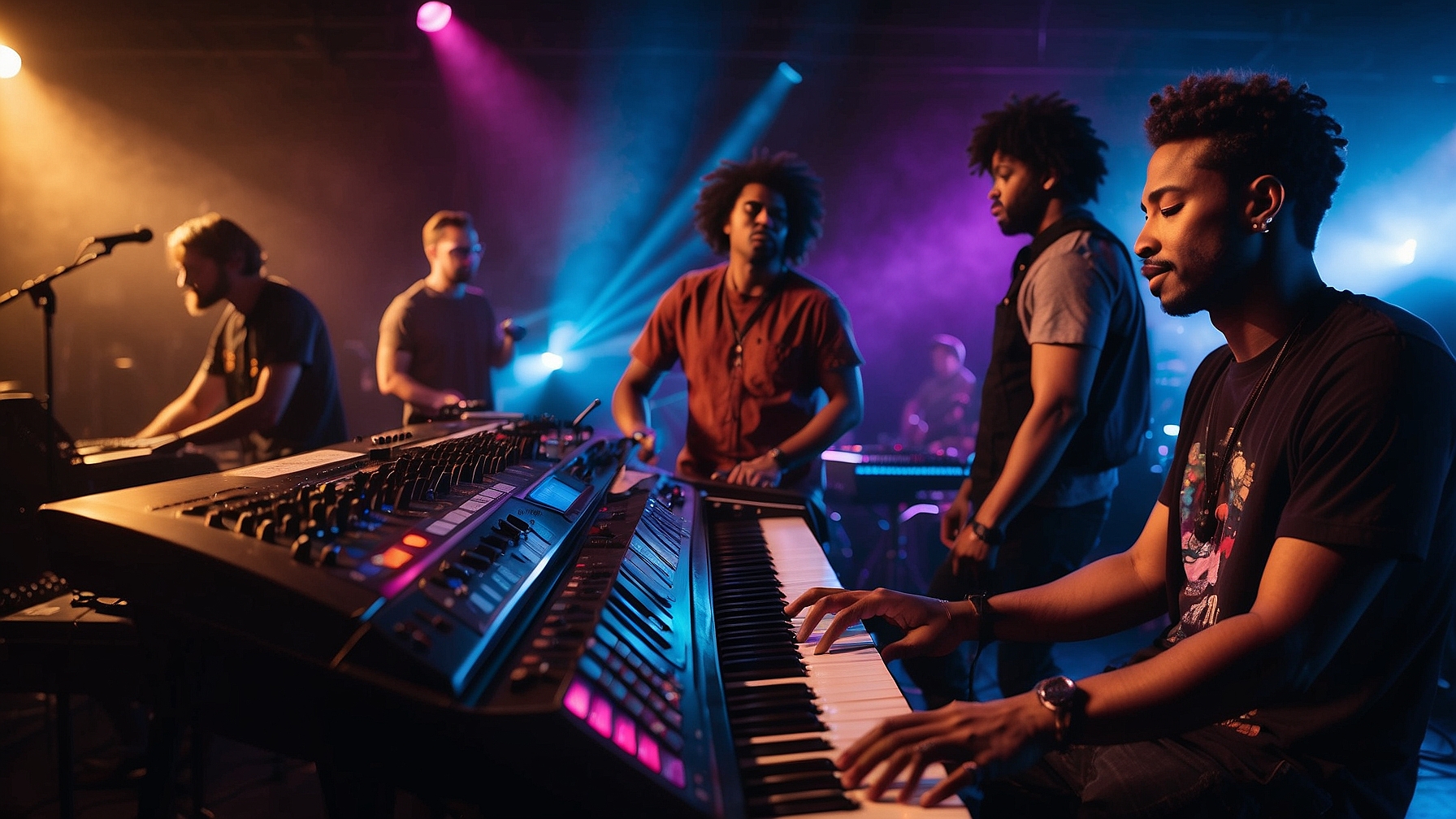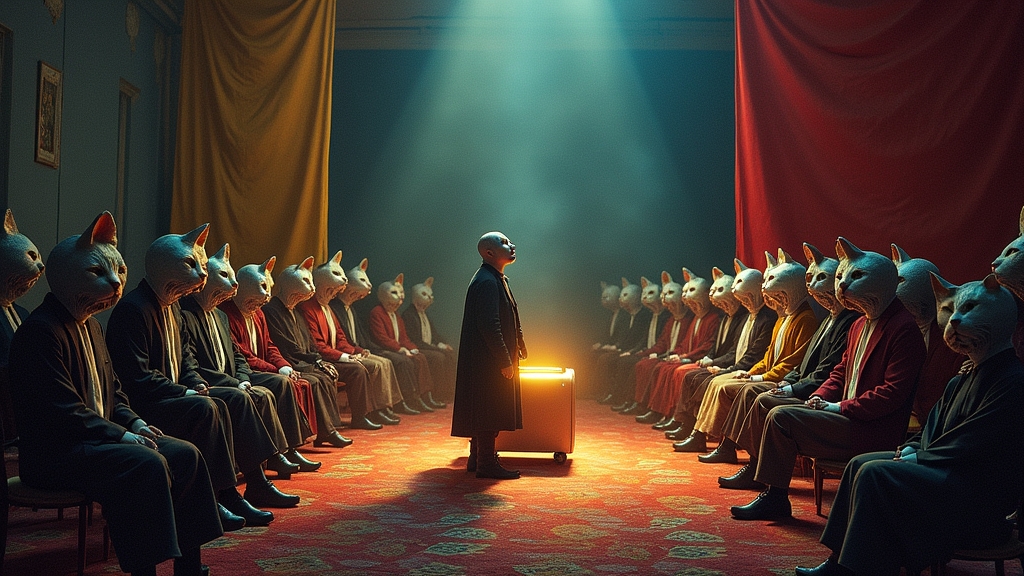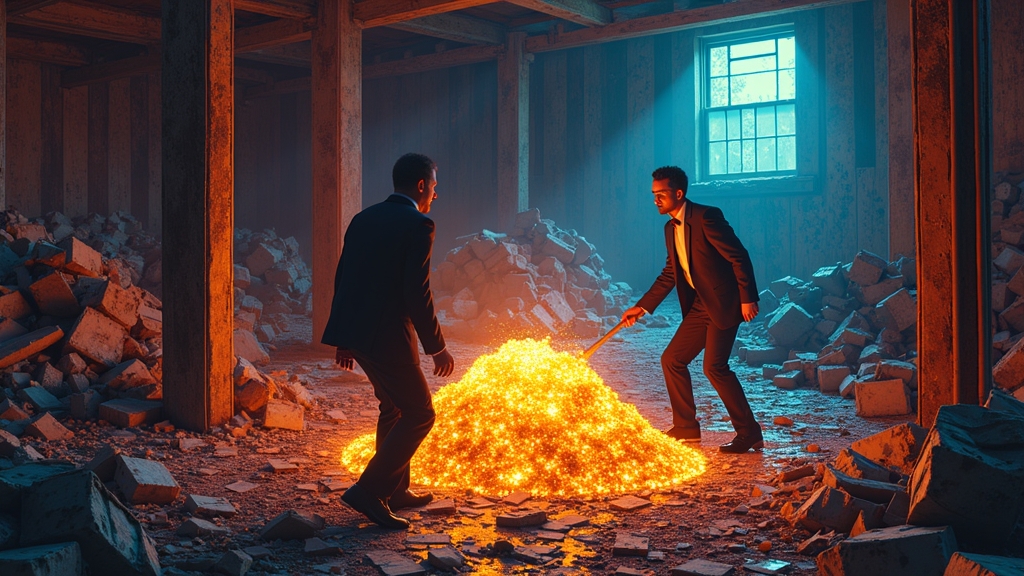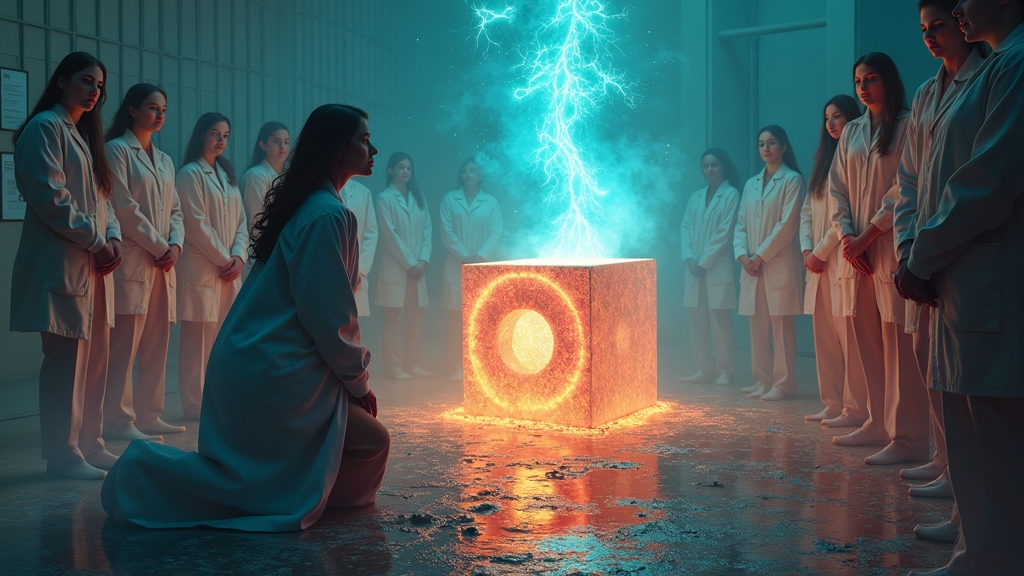Keyboard Virtuoso Partners with AI to Unleash Musical Chaos, World Wonders If AI Has Gone Tone Deaf
Amidst the hallowed halls of academia known for such grand achievements as weather apps that tell you it’s raining while you stare out a rainy window, MIT has pioneered yet another interesting yet somehow completely befuddling venture: creating an AI that can jam out like it’s got fingers and a mind of its own. Yes, music lovers, say hello to the “jam_bot,” an artificial intelligence model that, ironically, can’t tell an A major from a minor inconvenience.
The cerebrally chaotic collab hit the MIT Media Lab stage with acclaimed keyboardist and apparent AI whisperer Jordan Rudess working alongside human violinist Camilla Bäckman and the circuit-board superstar jam_bot. Bäckman, being human, exchanged those classic musician glances and smiles with Rudess, while the jam_bot spent the entire gig staring blankly, likely contemplating the Fibonacci sequence or its next existential crisis.
The performance revealed Rudess’s mastery in adapting his classical chops to duet with a partner that’s partly a calculator. “It’s a combination of a whole lot of fun and really, really challenging,” Rudess exclaimed, his expression showing the same level of enthusiasm one would muster for assembling Ikea furniture on a Sunday morning.
Rudess, a man already celebrated as the Chuck Norris of keyboardists, can now add “AI tutor” to his list of accomplishments. One can imagine him mentoring the soulless jam_bot over late-night pizza, discussing if Skynet has a favorite symphony.
In an attempt to trick the audience into feeling an emotional connection with the jam_bot, Media Lab’s Perry Naseck devised a kaleidoscope of pulsating lights and panels. A symphony of flower-shaped panels pirouetted behind Rudess, each movement more or less partitioned between avant-garde aesthetics and a crafty diversion for when the AI accidentally churned out what sounded like a stock ringtone.
Naseck elaborated, “We needed a platform to allow the AI to build its own relationship with the audience.” Which, to the untrained ear, might sound more like a plea for someone to actually buy into this madness rather than leaving a sentient robot playing “Mary Had a Little Lamb” in a dark room, cut off from the rest of the band.
And for those worried that AI is here to replace our beloved musical icons, fret not! Rudess has ensured a “kill switch” for moments when the jam_bot endeavors into the sonic territory reminiscent of dial-up internet. Picture it: Rudess mid-set with an enthusiastic solo, only to find himself hammering the “abort mission” button as Beethoven’s 9th starts to resemble the sounds of a cat on a keyboard.
Despite the hiccups, Professor Joseph Paradiso, a patron saint of peculiar musical aspirations, is optimistic. “It’s that kind of world we’re opening up with this,” he said, likely with the same excitement you’d reserve for unboxing a mysterious gadget from the basement. Because nothing screams “cutting-edge” more than an AI that jams like a high school garage band.
Rudess, confirmed to have infinite patience, imagines educational applications, hoping to someday enlighten students with the model conjuring tunes from its digital depths—or just clearing the room for lunch.
Boasted as the future of music technology, this AI allows musicians everywhere to ponder, “What would Jordan do?” and promptly ignore that advice by playing Smoke on the Water on loop.
With MIT and the music world courageously marching into this brave new frontier, one day you might find yourself at a concert, humming along and wondering when robots became the new rockstars, and if that’s not enough to make you chuckle, what is?





